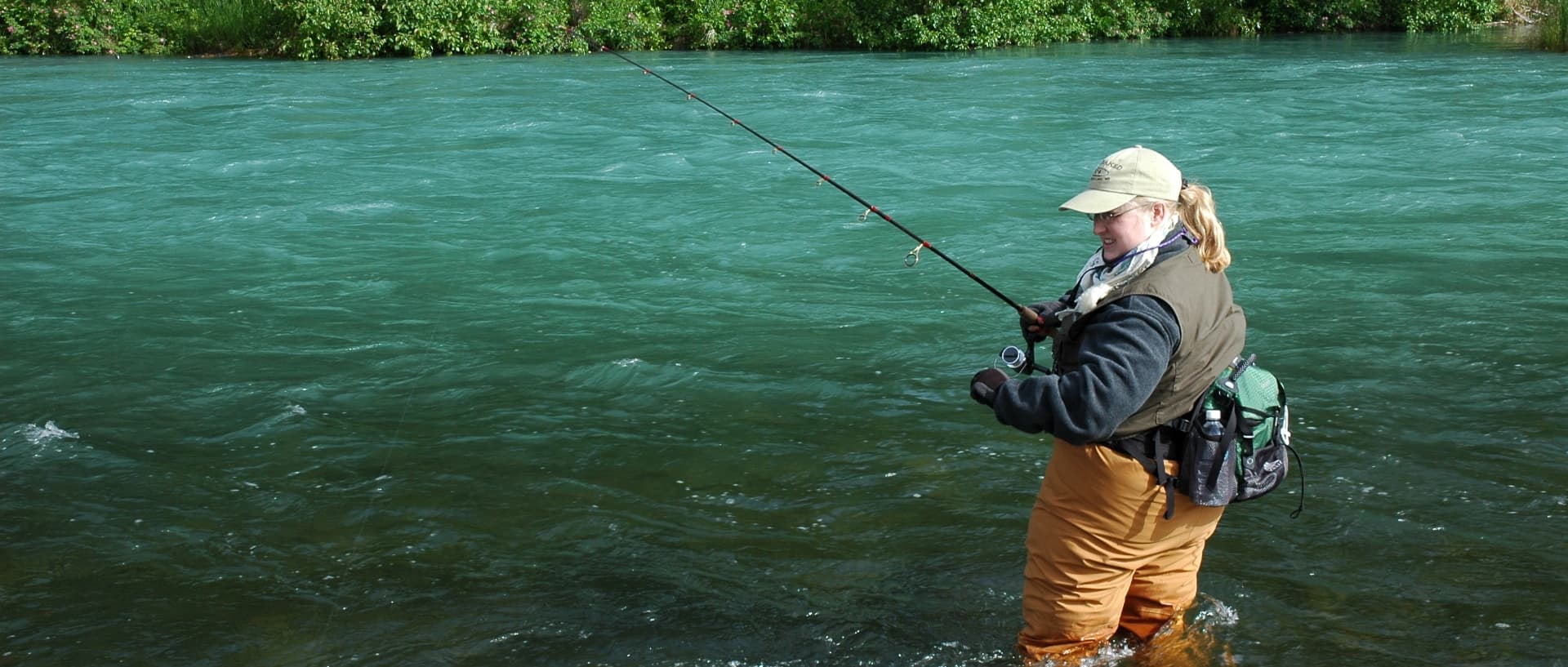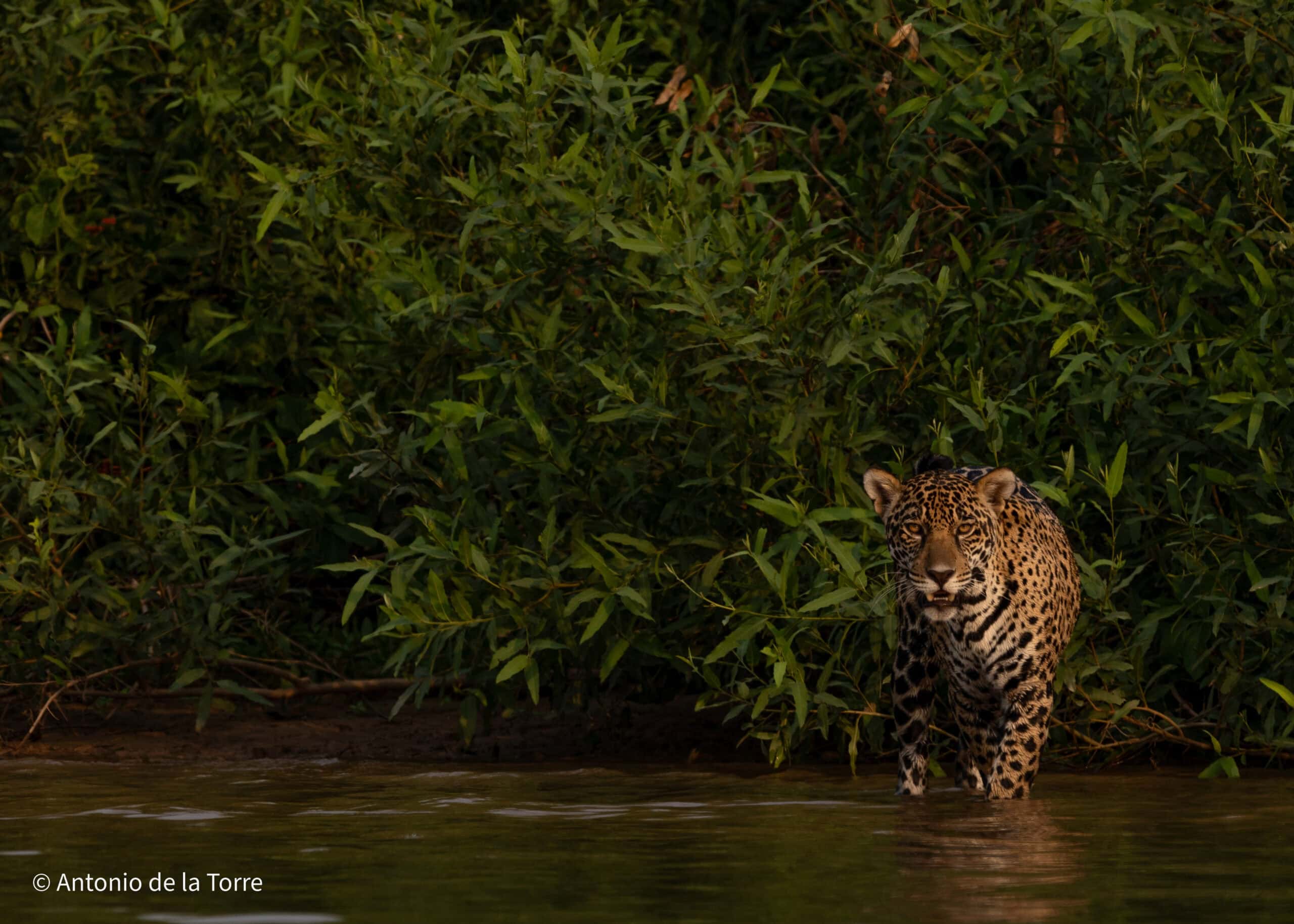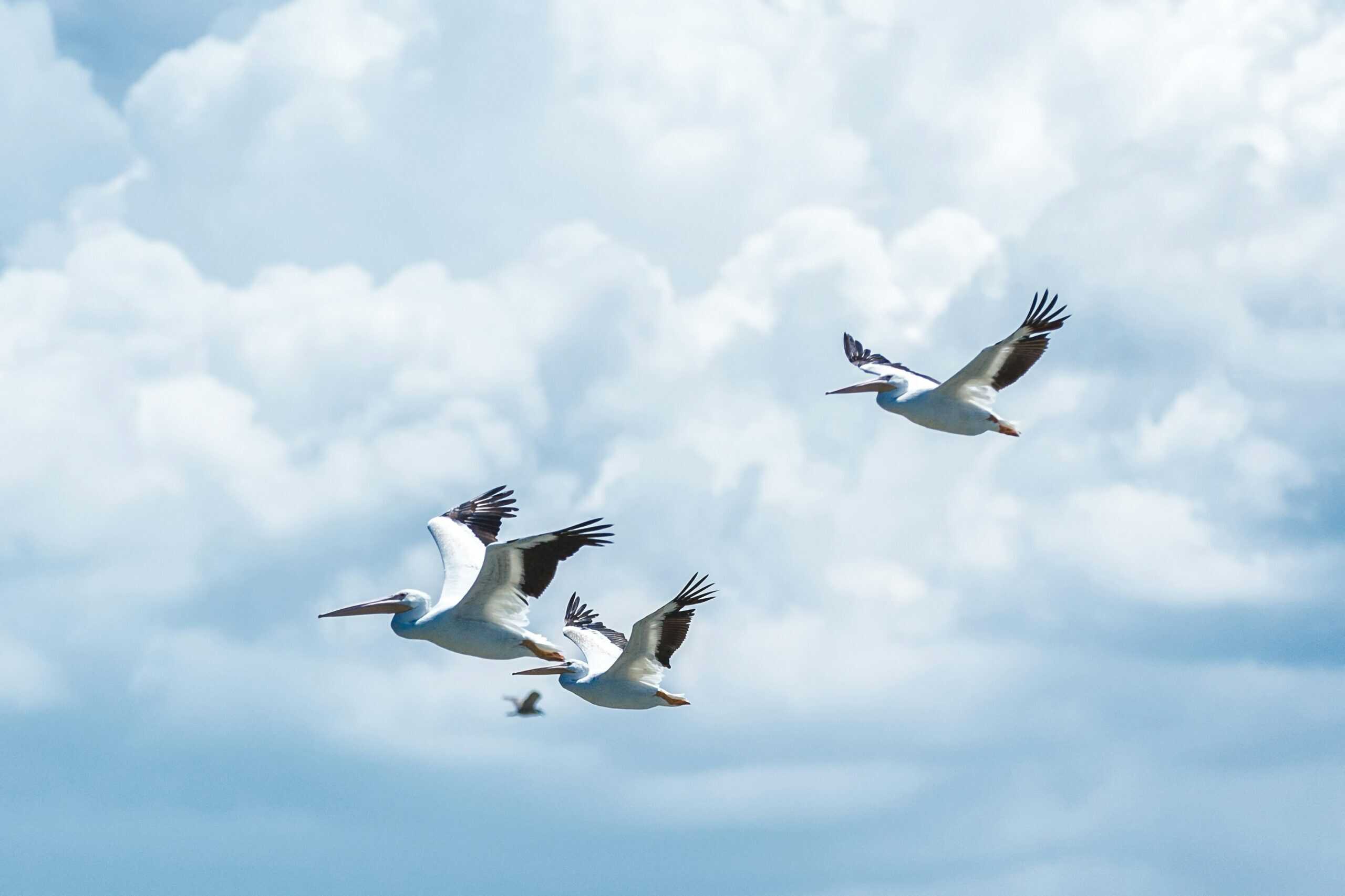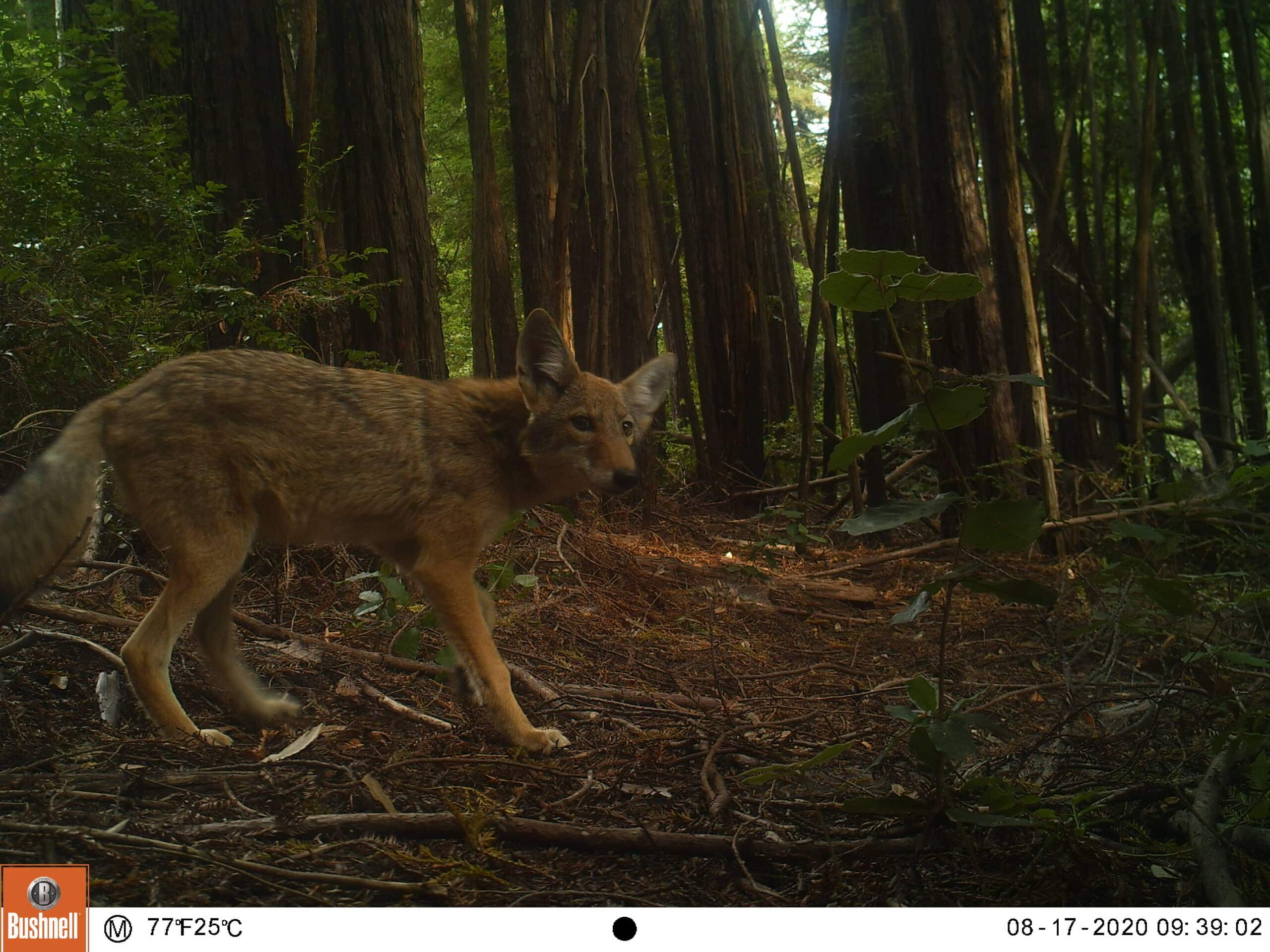Share this article
Fish and Wildlife Service Expands Hunting and Fishing on Refuges
The U.S. Fish and Wildlife Service (FWS) is expanding hunting and fishing opportunities across the National Wildlife Refuge System. The new rules directly impact 21 refuges, with sport fishing being introduced to four refuges and hunting being introduced to one. This brings the total amount of wildlife refuges that allow hunting to 336 and the total that allow fishing to 275.
The National Wildlife Refuge System consists of 562 refuges and administers them for the conservation, management, and restoration of the fish, wildlife, and plant resources and their habitats within the United States. Refuges provide opportunities for many wildlife-dependent recreational activities, with six primary activities of environmental education, interpretation, photography, wildlife observation, hunting, and fishing.
New hunting opportunities for migratory birds will be available for youth at the Tualatin River National Wildlife Refuge in Oregon. Sport fishing will be offered at Ardhoch, Lake Alice, Rose Lake, and Silver Lake National Wildlife Refuges in North Dakota. An additional 16 refuges across 14 states will expand their hunting and fishing opportunities, allowing new types of activities on top of what was previously available. One such refuge, Merritt Island National Wildlife Refuge in Florida, will allow big game hunting in addition to the already available migratory bird hunting and sport fishing.
Dan Ashe, director of FWS, said in the announcement that “By expanding those opportunities, we are enhancing the lives of millions of Americans, stimulating the national economy to which hunting and fishing contribute significantly, and generating much needed additional funding for wildlife conservation.”
According to FWS, the National Wildlife Refuge System added $2.4 billion to the economy and provided more than 35,000 jobs in 2013. More than 47 million people visit refuges every year, including those that hunt and fish. Hunting and fishing contribute funds to wildlife conservation through the Pittman-Robertson Act and the Dingell-Johnson Act. These acts place excise taxes on hunting and fishing equipment which go to habitat restoration programs, research, and management activities. The programs have distributed more than $15 billion for wildlife and fish conservation since being enacted.
The Wildlife Society supports regulated hunting as an appropriate means of managing wildlife populations and encourages opportunities for hunting when based on scientific information, as consistent with the North American Model of Wildlife Conservation.
Header Image: Angler at Kenai National Wildlife Refuge in Alaska.
Image Credit: Brett Billings USFWS, licensed by cc 2.0








